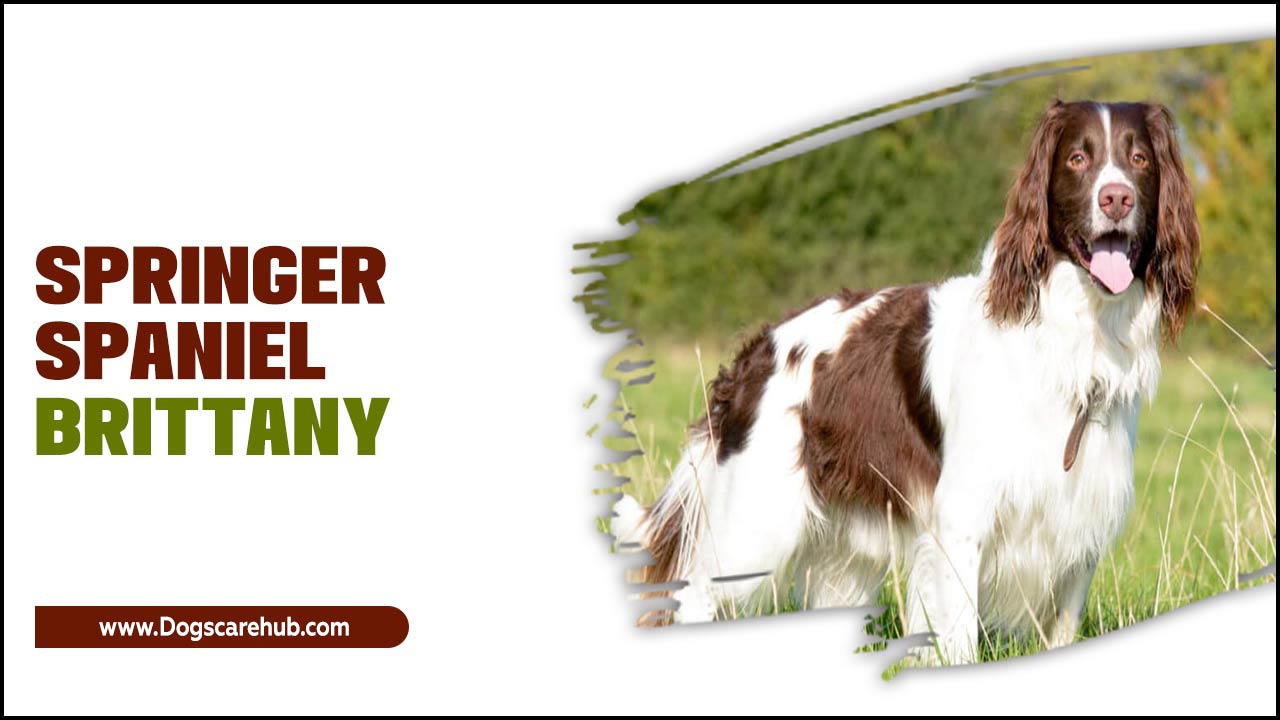Have you ever seen your dog act strangely at home? Dogs, like humans, can have phobias. These fears might seem small, but they are very real to dogs. Have you ever wondered why your dog acts scared of a harmless vacuum cleaner? Understanding dog phobias and fears at home can help your furry friend feel safe and happy. Let’s explore this interesting topic together and discover what dogs might be afraid of at home.
Key Takeaways
- Dogs can develop phobias from past experiences or sudden events.
- Common home fears include loud noises and unfamiliar objects.
- Understanding dog phobias helps improve their well-being.
- Recognizing fears early can prevent serious behavioral issues.
- Helping dogs with phobias improves harmony at home.
Understanding Dog Phobias and Fears at Home
Dogs often fear things at home that seem normal to us. These fears can come from a past scary event or just their natural instincts. For example, a dog might be afraid of the sound of thunder or fireworks. They might hide under the bed when the vacuum cleaner comes out. Each dog’s fear is unique, just as each dog is unique. Recognizing these fears is the first step to helping them.
- Observe your dog’s behavior closely.
- Notice when they seem anxious or scared.
- Keep a diary of their reactions to different situations.
- Try to identify any common triggers.
- Avoid forcing them into fearful situations.
- Consult a vet if fears become severe.
Once you understand your dog’s fears, you can take steps to help them feel safer. Providing your dog with a safe space can be comforting. Training and patience are key. Remember, your dog looks to you for guidance and comfort. By understanding their fears, you show them that they are not alone in facing their worries.
Fun Fact or Stats : About 36% of dogs experience noise-related fears.
Common Household Triggers for Dog Fears
Many things in a home can scare a dog. Loud noises like vacuum cleaners, blenders, or even the TV can cause fear. Unfamiliar objects can also be frightening. Dogs might bark at a new piece of furniture or a harmless holiday decoration. They see these things as threats until they learn otherwise. By knowing what scares your dog, you can help them feel more secure.
- Loud noises can cause panic.
- New objects might seem threatening.
- Changes in routine can confuse dogs.
- Strangers visiting might startle them.
- Even other pets can be a source of fear.
- Changes in lighting or shadows can be spooky.
Helping your dog adjust to these household triggers takes time. Slowly introduce them to new objects. Use positive reinforcement to show them that these things are not scary. If loud noises are a problem, try playing soft music during storms or fireworks. This can help soothe them. Over time, they can learn that their home is a safe place, full of love and comfort.
Fun Fact or Stats : Dogs have up to 300 million smell receptors compared to our 5 million.
Why Do Dogs Fear Loud Noises?
Have you ever seen your dog run away when a loud noise happens? Dogs have very sensitive ears. Loud sounds like thunder or fireworks can seem much louder to them. These noises can make them feel trapped and scared. They don’t know where the noise is coming from. Creating a safe space for them can help. Try a quiet room with their favorite toys and blankets. This can make a big difference in calming their fears.
How Can You Help With New Objects?
Imagine if one day a giant robot showed up in your living room! That might be how your dog feels about new furniture or decorations. Slowly introduce new objects to your dog. Let them sniff and explore at their own pace. Use treats and praise to make the experience positive. Dogs can learn that new things are not scary when they associate them with good feelings.
What Role Does Routine Play?
Have you ever felt off when your routine changes? Dogs feel the same way. They thrive on routine and knowing what’s coming next. Sudden changes can make them anxious. Try to stick to a regular schedule for feeding, walks, and playtime. If something changes, introduce it gradually. This helps your dog feel secure and reduces their fear of the unknown.
Training Techniques to Reduce Fears
Training is a powerful tool to help dogs overcome fears. Positive reinforcement is the best approach. This means rewarding your dog when they face their fears calmly. For example, if your dog is scared of the vacuum, reward them with treats when they stay calm around it. Gradually, they will learn that the vacuum is not a threat. Training takes time and patience but pays off in a happier, more confident dog.
- Use treats as rewards for calm behavior.
- Practice training in short, frequent sessions.
- Stay patient and consistent in your approach.
- Move at your dog’s pace; don’t rush them.
- Celebrate even small successes with enthusiasm.
- Consult a professional trainer if needed.
With the right approach, training can transform your dog’s fears. Start with small steps. Build your dog’s confidence gradually. Celebrate their bravery, no matter how small the step. Training creates a strong bond between you and your dog. This bond helps them trust you more and feel safer in their environment.
Fun Fact or Stats : Dogs can learn over 165 words with proper training.
What is Positive Reinforcement?
Have you ever been praised for doing something good? That’s like positive reinforcement. For dogs, it means getting a treat or praise for good behavior. If your dog is scared of something, and they stay calm, give them a treat. This helps them learn that calm behavior is rewarded. Over time, they will associate the scary thing with good feelings. This helps reduce fear.
How Do Dogs Show They Are Scared?
Ever wonder how to tell if a dog is scared? Dogs show fear in many ways. They might hide, bark, or shake. Some dogs might freeze or avoid eye contact. Knowing these signs helps you respond to your dog’s needs. If you see these signs, comfort your dog. Use a calm voice and gentle touch. This helps them feel safe and loved.
Why Patience Matters in Training
Have you ever felt rushed to learn something new? Dogs can feel this way too. Patience is key when training a fearful dog. Every dog learns at their own pace. Rushing them can make their fears worse. Take slow, small steps, and be consistent. Celebrate every small success. With patience, your dog will learn to be more confident and less fearful.
Comforting Your Dog During Fearful Times
During scary times, your presence is comforting to your dog. Dogs look to their owners for reassurance. When they are scared, staying calm helps reassure them. You can comfort your dog by sitting close and speaking softly. Petting them gently can also help. Avoid reinforcing their fear by staying calm yourself. Your dog can sense your emotions. Staying positive can help them feel better.
- Sit quietly with your dog during stressful times.
- Use a soft, calm voice to reassure them.
- Provide a favorite toy or blanket for comfort.
- Stay close but let them approach you.
- Avoid punishing your dog for being scared.
- Help create a relaxing environment.
Comfort is all about showing your dog they are not alone. Sometimes just being there is enough. Provide them a calm environment to ease their fears. Remember, they see you as their protector. Your presence can be the most comforting thing for them. With love and patience, your dog can learn to face their fears more bravely.
Fun Fact or Stats : Dogs can hear frequencies up to 65,000 Hz.
What Do Dogs Find Comforting?
Have you ever noticed your dog has a favorite spot or toy? Dogs find comfort in familiar things. A favorite blanket or toy can be very reassuring. When your dog is scared, these items help them feel safe. You can also use soothing music to create a calming atmosphere. Gentle petting or a soft voice can make them feel loved and secure.
Why is Staying Calm Important?
Have you ever felt more scared when others around you were panicking? Dogs feel this too. Staying calm when your dog is scared helps them feel safe. If you’re calm, they sense everything is okay. Your calmness is contagious. It shows them there’s nothing to fear. So, next time your dog is scared, take a deep breath and stay positive.
How to Create a Safe Space?
Do you have a place where you feel most safe? Dogs need this too. Creating a safe space for them is important. It can be a corner of a room or a cozy crate. Fill it with their favorite blanket and toys. Teach your dog this is a place to relax. When they feel scared, they know they can retreat here. This small space can make a big difference.
When to Seek Professional Help
Sometimes dog phobias and fears at home can become severe. When fears affect your dog’s health or happiness, it may be time to seek help. A veterinarian or animal behaviorist can provide guidance. They can create a plan to help your dog overcome fears. Seeking help is a sign of love and care. Professionals can offer solutions you may not know.
- Notice when fears affect eating or sleeping.
- Watch for signs of stress or aggression.
- Consult a vet for sudden behavior changes.
- Consider professional training for severe fears.
- Use expert advice to create a fear-reduction plan.
- Professional help can make a big difference.
Getting help doesn’t mean you have failed. It’s a step toward making your dog feel better. Professionals have the skills to understand and treat fears. They can work with you to create a comfortable home environment. With their help, your dog can learn to face fears with more confidence.
Fun Fact or Stats : Over 70% of dogs show some phobic behavior.
When to Call a Veterinarian?
Have you noticed your dog’s behavior changing suddenly? This might be a sign of fear or pain. Consulting a vet can rule out health issues. A vet can also provide advice on managing fears. They can recommend medication if needed. Your vet is a valuable partner in caring for your dog. So, if you’re unsure, a vet visit is a good step.
How Can an Animal Behaviorist Help?
Have you ever heard of an animal behaviorist? They are experts in dog behavior. If your dog has severe fears, they can help. Behaviorists use special techniques to reduce fears. They can teach you how to support your dog. Working with them can strengthen your bond with your pet. It’s amazing how much they can help bring peace to your home.
Why Is Professional Training Beneficial?
Have you ever struggled to learn something new on your own? Professional trainers can offer guidance you might not find alone. They have experience with all types of dog fears. A trainer can create a plan just for your dog. With their help, your dog can learn faster and with less stress. It’s a great way to support your dog’s mental health.
Conclusion
Understanding dog phobias and fears at home is crucial for pet happiness. Recognizing and addressing these fears can strengthen your bond. With patience and care, you can help your dog overcome their fears. Remember, a calm and safe home is the best place for a happy dog. Together, you and your dog can face anything.
FAQs
Question: What are common dog phobias at home?
Answer: Common dog phobias and fears at home include loud noises like thunder or fireworks, unfamiliar objects like vacuums, and sudden changes in environment. Recognizing these can help you make your dog feel safer.
Question: How can I tell if my dog has a phobia?
Answer: Dogs might show phobias by hiding, shaking, barking, or avoiding certain areas. Pay attention to your dog’s body language and reactions. If they seem scared or anxious often, they might have a phobia.
Question: Can training help reduce my dog’s fears?
Answer: Yes, training is very helpful. Positive reinforcement teaches dogs to associate fears with good things. This method requires patience and consistency. It greatly helps reduce dog phobias and fears at home.
Question: Should I comfort my dog when they are scared?
Answer: Yes, comforting your dog is important. Use a calm voice and gentle touch. Provide a safe space where they can retreat. Comforting them helps reassure them and strengthens your bond.
Question: When should I seek professional help for my dog’s fears?
Answer: Seek help if your dog’s fears affect their health or happiness. A veterinarian or animal behaviorist can provide guidance. They can create a plan to address your dog’s fears.
Question: Can a safe space help my dog feel less scared?
Answer: Yes, a safe space can be very comforting for dogs. It provides a retreat during fearful times. Fill it with their favorite blankets and toys. Teach them this is a place to relax and feel secure.
Meet Elyse Colburn, the devoted canine companion and storyteller behind the enchanting world of “Tales, Tails, and Adventures Unleashed.” A passionate dog enthusiast with a heart full of paw prints, Elyse Colburn shares heartwarming tales and insightful adventures, celebrating the joy, loyalty, and endless antics that make every dog a true hero. Join Elyse Colburn on this tail-wagging journey, where every post is a love letter to our four-legged friends.








